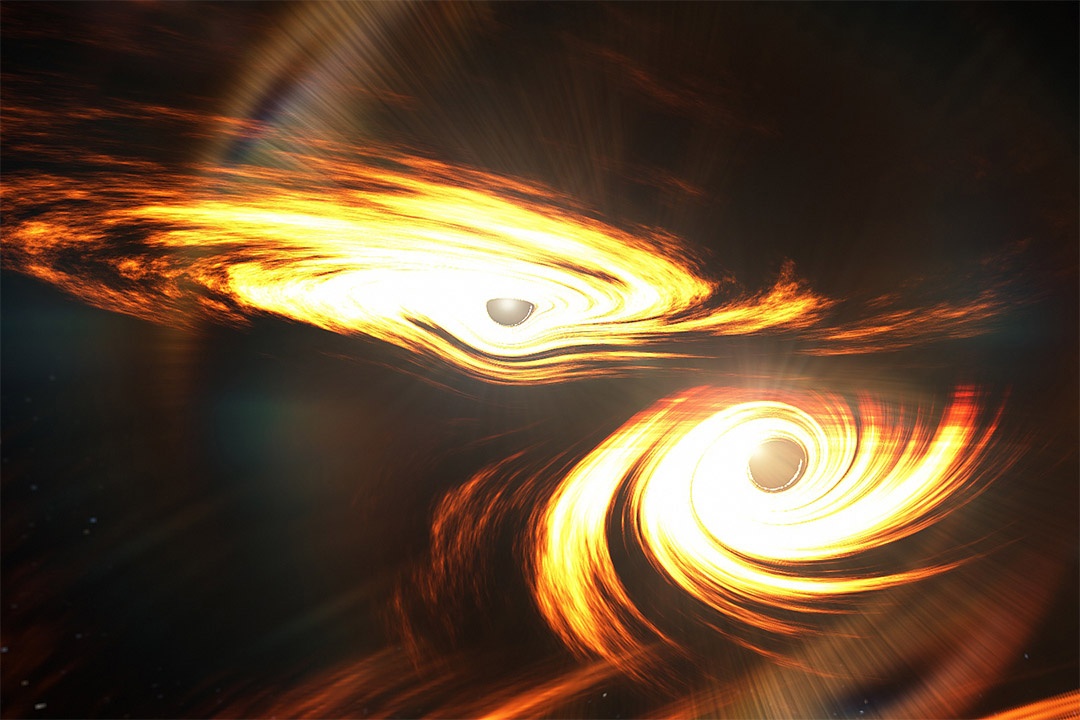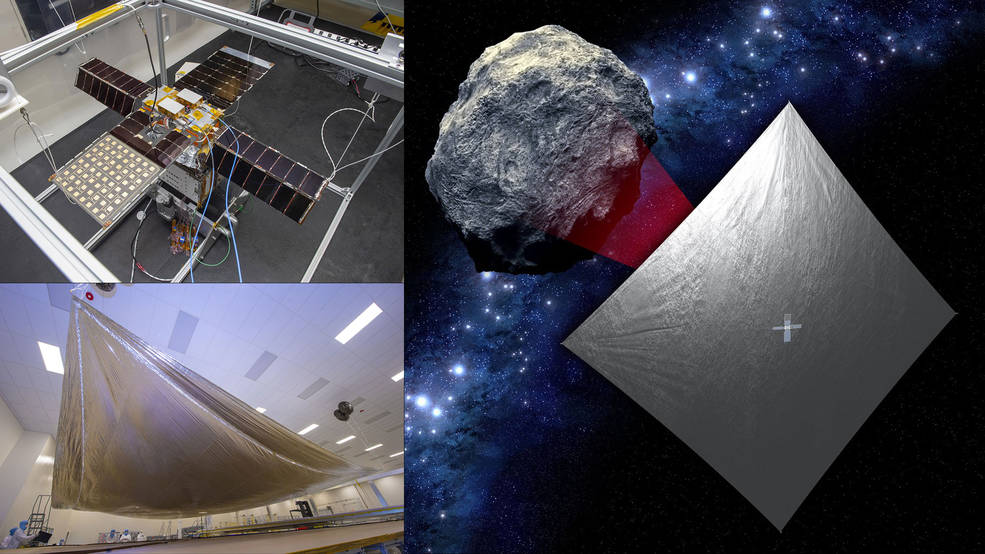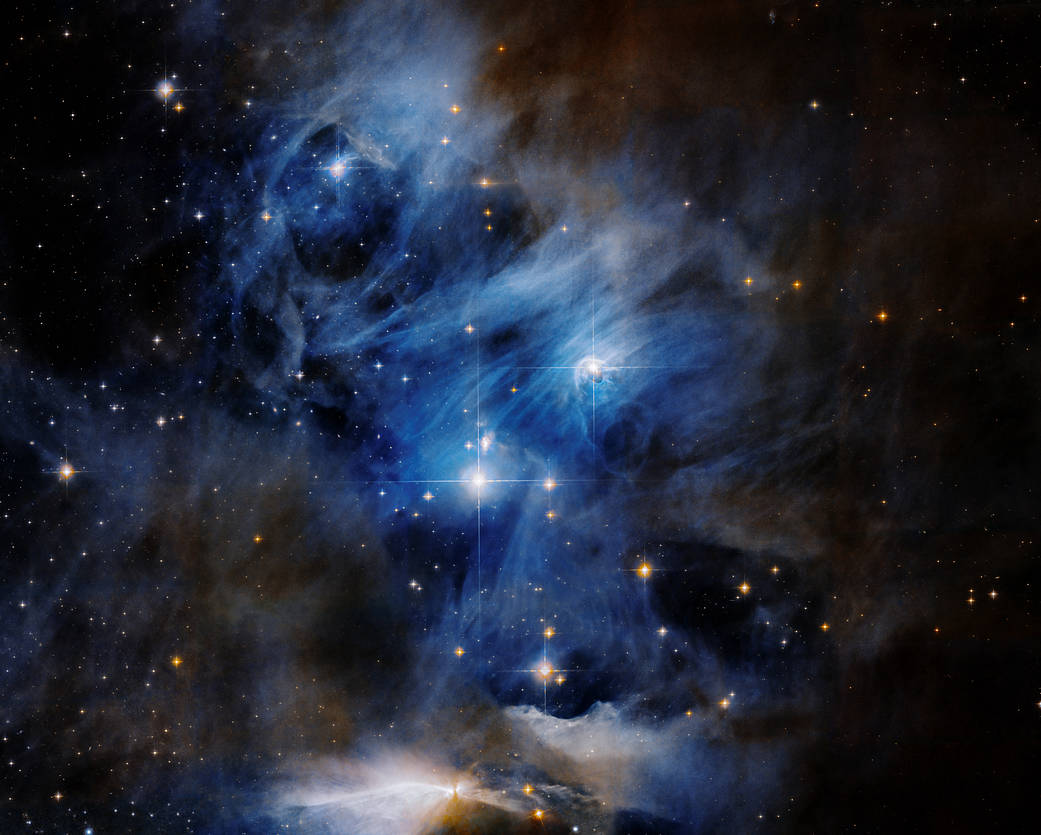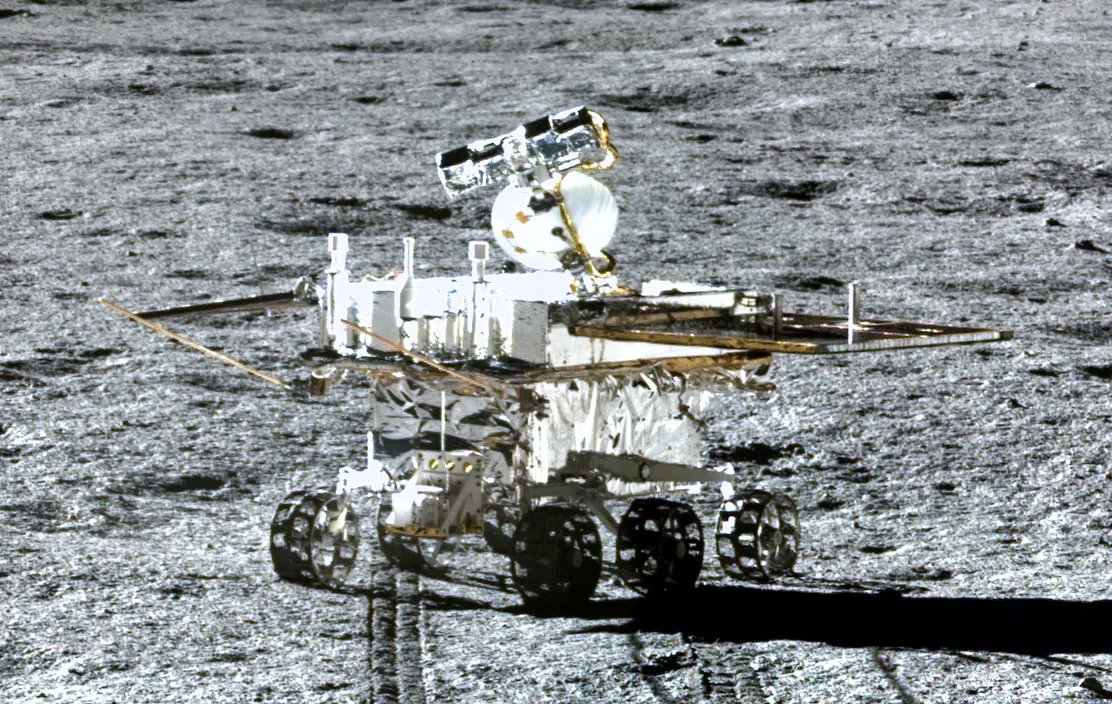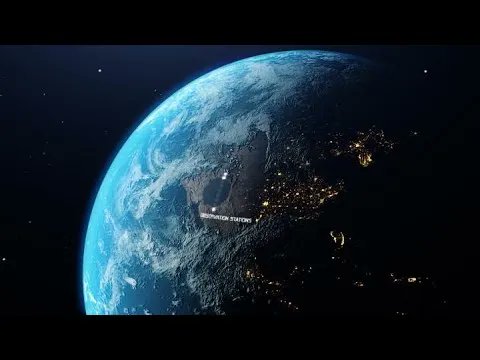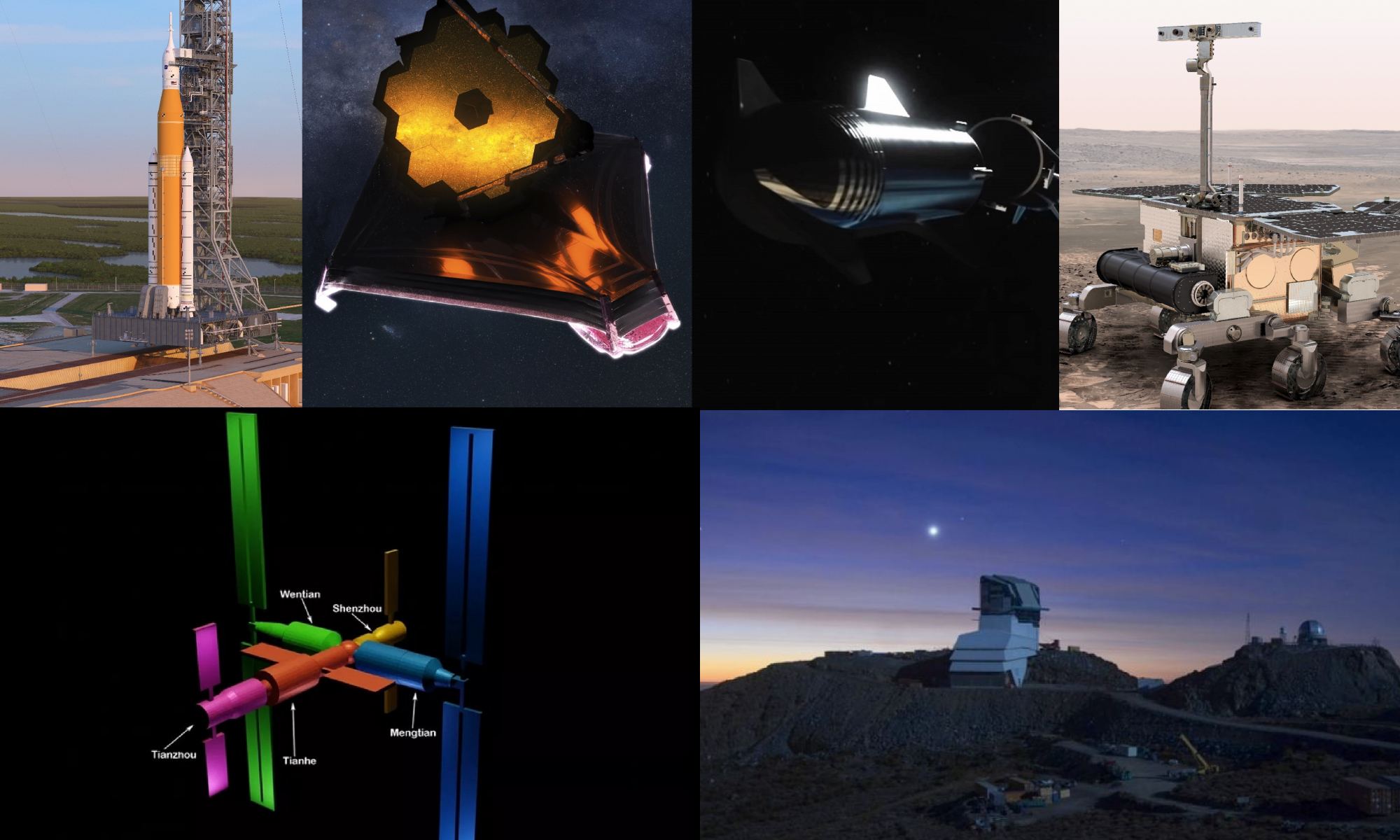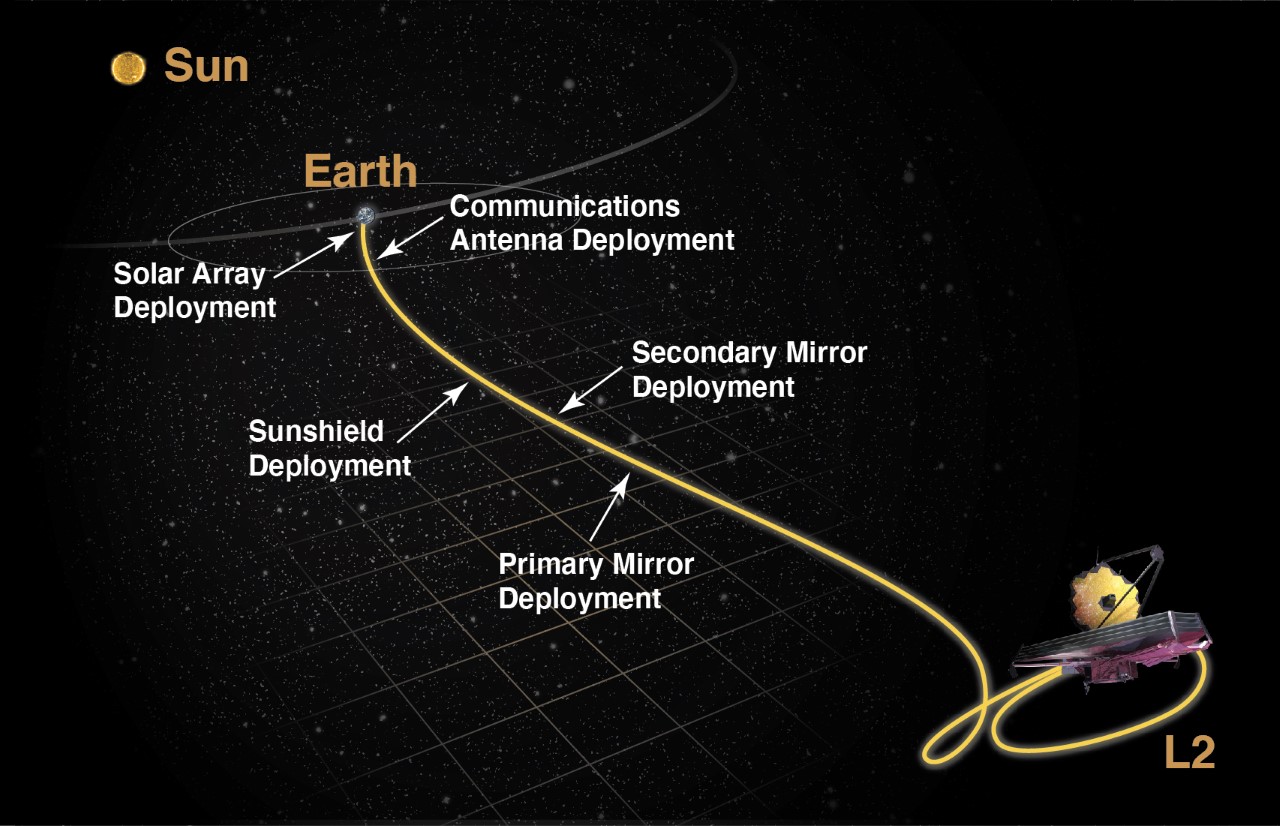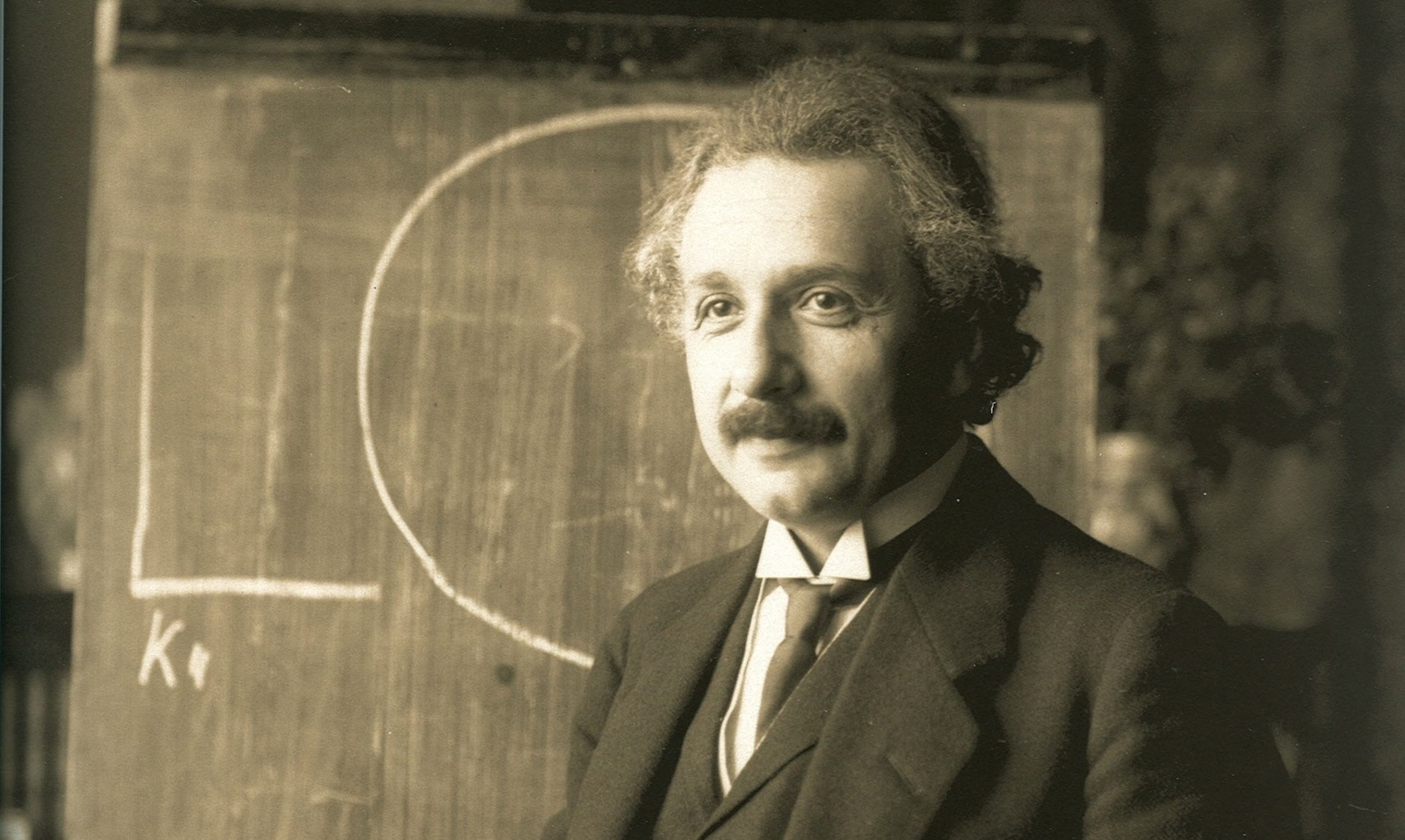In February 2016, scientists with the Laser Interferometer Gravitational-Wave Observatory (LIGO) confirmed the first-ever detection of a gravitational wave event. Originally predicted by Einstein’s Theory of General Relativity, GWs result from mergers between massive objects – like black holes, neutron stars, and supermassive black holes (SMBHs). Since 2016, dozens of events have been confirmed, opening a new window to the Universe and leading to a revolution in astronomy and cosmology.
In another first, a team of scientists led by the Center for Computational Relativity and Gravitation (CCRG) announced that they may have detected a merger of two black holes with eccentric orbits for the first time. According to the team’s paper, which recently appeared in Nature Astronomy, this potential discovery could explain why some of the black hole mergers detected by the LIGO Scientific Collaboration and the Virgo Collaboration are much heavier than previously expected.
Continue reading “A Highly Eccentric Black Hole Merger Detected for the First Time”
